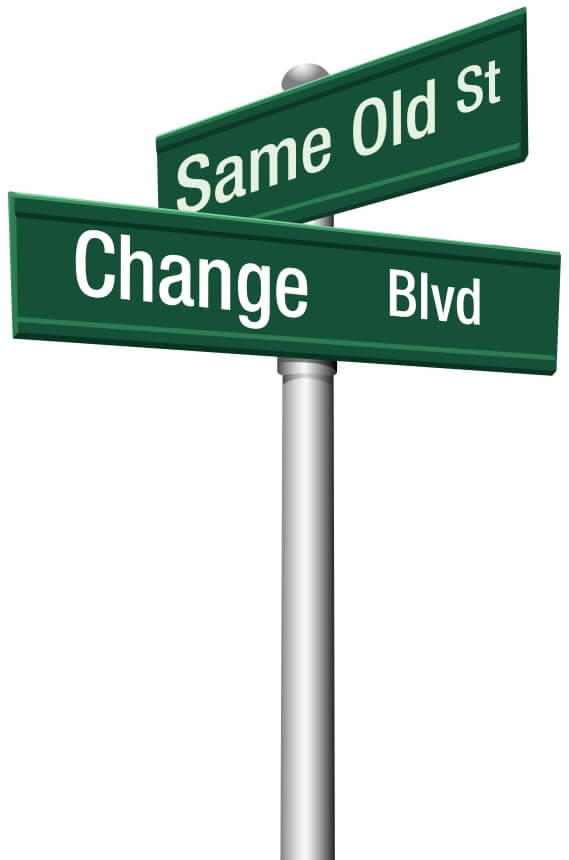
Once drug and alcohol (D&A or AOD) policies and procedures are in place, it is not unusual for employers to generally view them as fixed in stone. However, businesses experience changes on a regular basis. The changes are prompted by any of a number of events, including events in the economy, development of new technologies, and marketplace activities. Businesses expand, add new positions and locations, or discover in-house issues that must be addressed. Anytime a business makes significant decisions concerning operations or personnel, it is important to do a risk assessment and included in that assessment should be a review of the drug and alcohol policies and procedures to determine if they need updating.
It is not uncommon for businesses, especially smaller ones, to discover their D&A policies or procedures are out of date when an incident involving illicit substances or alcohol occurs. A common scenario involves an employer adding new safety sensitive positions and then failing to address those work activities in the D&A policy. Subsequently, a worker is injured due to substance use whilst on the job, and the employer wants to dismiss the person because of the seriousness of the act. There is a good chance the worker will file a complaint of harsh dismissal with the Fair Work Commission. The employer will probably spend thousands in legal fees and still lose if the policy is weak and has failed to establish a zero tolerance stance, did not specifically identify the position as safety sensitive, or does not have a clear disciplinary policy concerning workplace drug and alcohol use.
You Never Told Me...
Policies have important goals. They are designed to help employers meet legal obligations, promote consistent management decision-making, define behaviour expectations, and lay out the rules and consequences for violating the rules.1 When the policies are outdated or incomplete, they fail to achieve these goals. D&A policies should ensure that workers cannot say, “The policy did not include my position, “ or “The policy didn’t say I could be immediately dismissed, ” or “You never told me this position was considered safety sensitive.”
The sequence is that events, like adding new work activities, prompt a risk assessment. Employers do not have to wait for a particular though. Regular risk assessments should be conducted to make sure that all work activities that are particularly at risk of creating a hazard should workers use illicit substances or alcohol are identified. For example, positions that are asked to drive work vehicles or operate machinery are in safety sensitive jobs. Sometimes these types are duties are added to job responsibilities and can turn a non-safety sensitive job into a safety sensitive one.
A Dose of Reality
Incidences involving drugs and alcohol should also lead to immediate review of the D&A policies. Risk assessments conducted at any time lead to a review of the drug and alcohol policies and procedures. The pervasiveness of drugs and alcohol use in Australia creates conditions in which people are more sophisticated about getting the substances into the workplace. A security management firm in the U.S. wrote an article addressing this topic and pointed out that “..drug dealers in the workplace are becoming increasingly savvy and more difficult to identify. They may be long-time workers, new hires...or even temps...Yet many businesses...lack effective policies and training to prevent workplace substance abuse.”2
It may be tempting for Australian employers to be a bit complacent because of the geographic setting. However, what is happening in the U.S., Great Britain, France, and so many other countries is happening right here in Australia. No workplace is exempt from the threat of substance abuse.
No policy is set in stone because business conditions change. The important point is to manage risk and tweak policies and procedures to reflect the reality of the situation. Equally important is using high quality services like those provided by our NATA Accredited sister company Mediscreen (http://mediscreen.net.au/) to ensure drug test screenings are as accurate as possible.
References
1. Business Victoria. (21 February 2013). Human Resources Policy and Procedure Manual. Retrieved from Victoria Government: www.business.vic.gov.au/__data/assets/word.../hr_manual_template.doc
2. Michael A. Gips. (19 December 2012). High on the Job. Security Management. Retrieved from http://www.diversifiedriskmanagement.com/images/high-on-the-job.pdf.
Categories
Archive
- February 2022
- October 2021
- June 2021
- November 2020
- October 2020
- June 2020
- March 2020
- February 2018
- December 2017
- August 2017
- February 2017
- September 2016
- August 2016
- October 2013
- September 2013
- July 2013
- May 2013
- February 2013
- December 2012
- November 2012
- August 2012
- June 2012
- February 2012
- December 2011
- October 2010
